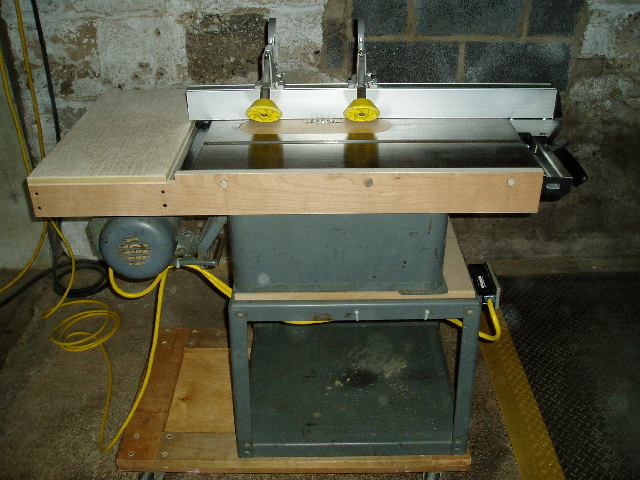Finished Ends With Separate Kickers
Preferred methods of construction. August 7, 2004
Question
We've decided to use separate kickers for the first time. Due to a recommendation on this forum, we're going to use 4' long by 21" deep kickers with 1/4" finished front. What are your preferred methods for finished ends?
Forum Responses
(Cabinetmaking Forum)
I'm confused... Do you mean finished ends for the kick itself? Or your end panel for the cases? We usually just attach a separate panel on the end screwed on from the inside of the box, or we'll biscuit the piece if the design is better suited for such an application.
From the original questioner:
I should have been more specific. The cabinets we intend to do are all melamine with 1 1/2" face frames. We're interested in how other folks handle finished ends on the base cabinets.
Cab ends on FF cabs are done by adding an end panel. The end panel is either a raised panel or it's a solid panel that just makes the end a double wall.
Some people miter the end panel into the FF, but I find that the customer doesn't care and wouldn't care even if they knew the difference.
Ends on toe kicks are done by mitering the corner joint on the fascia skin. It's either that or use a corner molding, but that looks cheesy.
From the original questioner:
Those that I looked at on a job site a couple years back simply used a finished 1/4" plywood panel covering the base and the separate kick with a cutout for the front of the toekick. It looked like the panel was tacked on with a finish nailer and the holes filled. Is this the standard way to handle the finished ends when using a separate toekick, or are there better ways?
Since we've always built wood cabs, no melamine, we've always used 3/4" ply for our finished ends and a router to route out the toekick, so this will be a deviation from our normal cabinet in more ways than one.
We use 3/4" end panel screwed from the inside. We make it the same height as the cab sides and wrap the toe-kick facing around the toe-kick box. Depending on how you build your cabinets, you could also use the melamine with the veneer on one side. We also do a lot of tongue and groove for ends.
